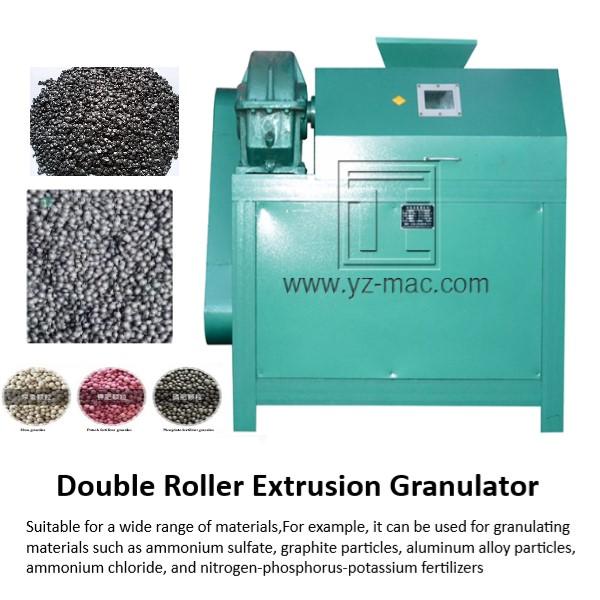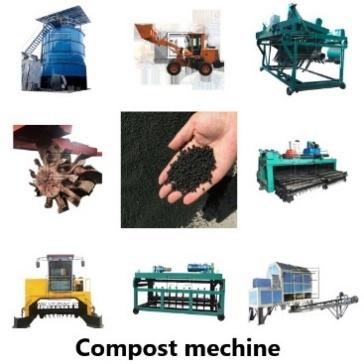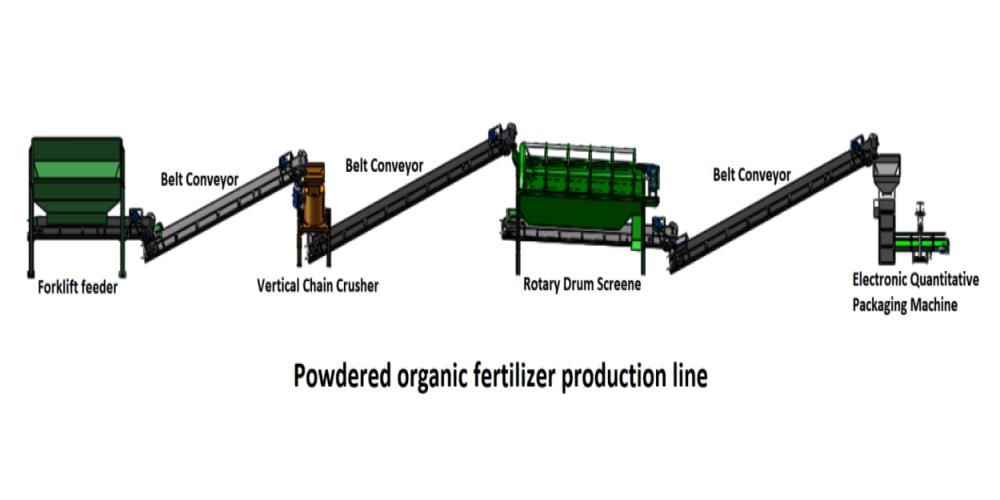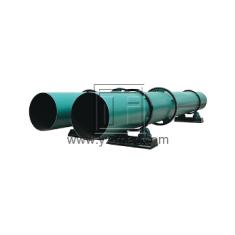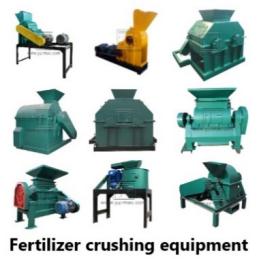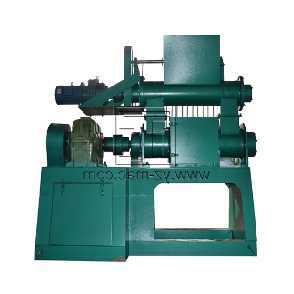Graphite granule pelletizing production line
A graphite granule pelletizing production line refers to a complete set of equipment and machinery designed for the continuous and efficient production of graphite granules. It typically involves several interconnected machines and processes that transform graphite powder or a mixture of graphite and other additives into uniform and high-quality granules.
The components and processes involved in a graphite granule pelletizing production line may vary depending on the specific requirements and production capacity. However, some common equipment and stages in such a production line may include:
1. Mixing and blending: This stage involves the thorough mixing and blending of graphite powder with binders or additives to achieve a homogeneous mixture. High-shear mixers or ribbon blenders are often used for this purpose.
2. Granulation: The mixed graphite material is then fed into a granulator or pelletizer. The granulator applies pressure or extrusion force to the mixture, shaping it into cylindrical or spherical granules of the desired size.
3. Drying: After granulation, the newly formed graphite granules may undergo a drying process to remove moisture and ensure their stability. Fluidized bed dryers or rotary dryers are commonly employed for this purpose.
4. Cooling: The dried graphite granules may require cooling to reduce their temperature before further handling or packaging. Cooling systems such as rotary coolers or fluidized bed coolers can be utilized for this stage.
5. Screening and classification: The cooled graphite granules are then passed through a screening process to separate them into different size fractions or remove any oversized or undersized particles. Vibrating screens or air classifiers are often used for this step.
6. Packaging: The final stage involves packaging the graphite granules into bags, drums, or other suitable containers for storage or transportation.


